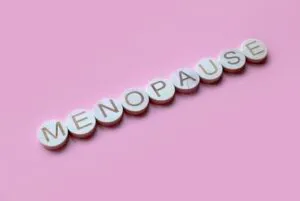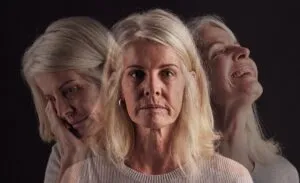 Over the last 30 years, more people have gotten skin cancer than every other kind of cancer combined. Approximately 3.3 million people in the U.S. are treated for nonmelanoma skin cancer each year, and about 20 percent of Americans will develop the disease at some point in their lives. You might be tempted to limit your trips outside after hearing these statistics, but sunshine and fresh air offer a variety of mental and physical benefits. You just need to arm yourself with the right equipment for minimizing your risks, such as protective clothing and a good sunscreen.
Over the last 30 years, more people have gotten skin cancer than every other kind of cancer combined. Approximately 3.3 million people in the U.S. are treated for nonmelanoma skin cancer each year, and about 20 percent of Americans will develop the disease at some point in their lives. You might be tempted to limit your trips outside after hearing these statistics, but sunshine and fresh air offer a variety of mental and physical benefits. You just need to arm yourself with the right equipment for minimizing your risks, such as protective clothing and a good sunscreen.
What’s in an SPF?
Those three letters aren’t just for show. On a bottle of sunscreen, the “SPF” stands for sun protection factor. Contrary to what you might think, though, a higher SPF doesn’t automatically mean greater protection. In fact, after SPF 30, protection levels plateau, only increasing slightly with each additional measure of SPF. Buying sunscreen with a higher SPF doesn’t guarantee protection from cancer, either. You need broad spectrum protection to minimize the risk of exposure. Here’s why:
- UVA light: Ultraviolet A or UVA light damages your skin on a deep level, which leads to sunspots, wrinkles and certain types of cancer.
- UVB light: Ultraviolet B or UVB light causes burns, which increases your risk of developing the most common forms of skin cancer.
Broad spectrum sunscreen protects against both UVA and UVB light. The number after the SPF refers to how long it takes for your skin to burn. For example, let’s assume that your skin starts to burn after being in the sun for 10 minutes without any protection. If you apply a sunscreen with SPF 50, that means the sunscreen offers 50 times the level of normal protection, which equates to about 500 minutes – nearly nine hours – of protection from the sun.
It’s important to keep in mind, though, that one application of sunscreen isn’t enough to really protect your skin no matter what the bottle claims. Experts recommend reapplying your sunscreen every one to two hours and even more often if you’re sweating or getting wet. Up to 80 percent of sunscreens on the market aren’t nearly as effective as they claim, so using sunscreen appropriately and often will give your skin a better chance of resisting burns that lead to cancer.
Environmental Factors Matter
Environmental and biological factors also make a difference in determining your risk for skin cancer. Fair, light-skinned people burn more easily than their darker-skinned peers, and where you live can affect how likely you are to get burned. Dermatologists suggest using a sunscreen with an SPF of between 15 and 50, but there are other ways to protect yourself from burning:
- Wear protective clothing outdoors, especially over sensitive areas of your body
- Use a hat, sunglasses and lip balm to reduce exposure for your eyes and lips
- Avoid the sun when it’s at its most damaging, typically between 10 a.m. and 3 p.m.
Cancer isn’t the only cause for concern when it comes to protecting your skin. Wrinkles, age spots and other blemishes are also symptoms of excessive sun exposure. You don’t have to stay indoors all day, but taking proactive measures to prevent UVA and UVB light from penetrating your skin will help in the fight against skin damage.
Sources:
https://www.vox.com/2016/6/3/11831114/sunscreen-questions-faq
https://www.popsugar.com/beauty/Does-Your-Sunscreen-Really-Work-37635370
https://news.psu.edu/story/141338/2010/06/01/research/probing-question-what-does-spf-rating-sunscreen-mean





